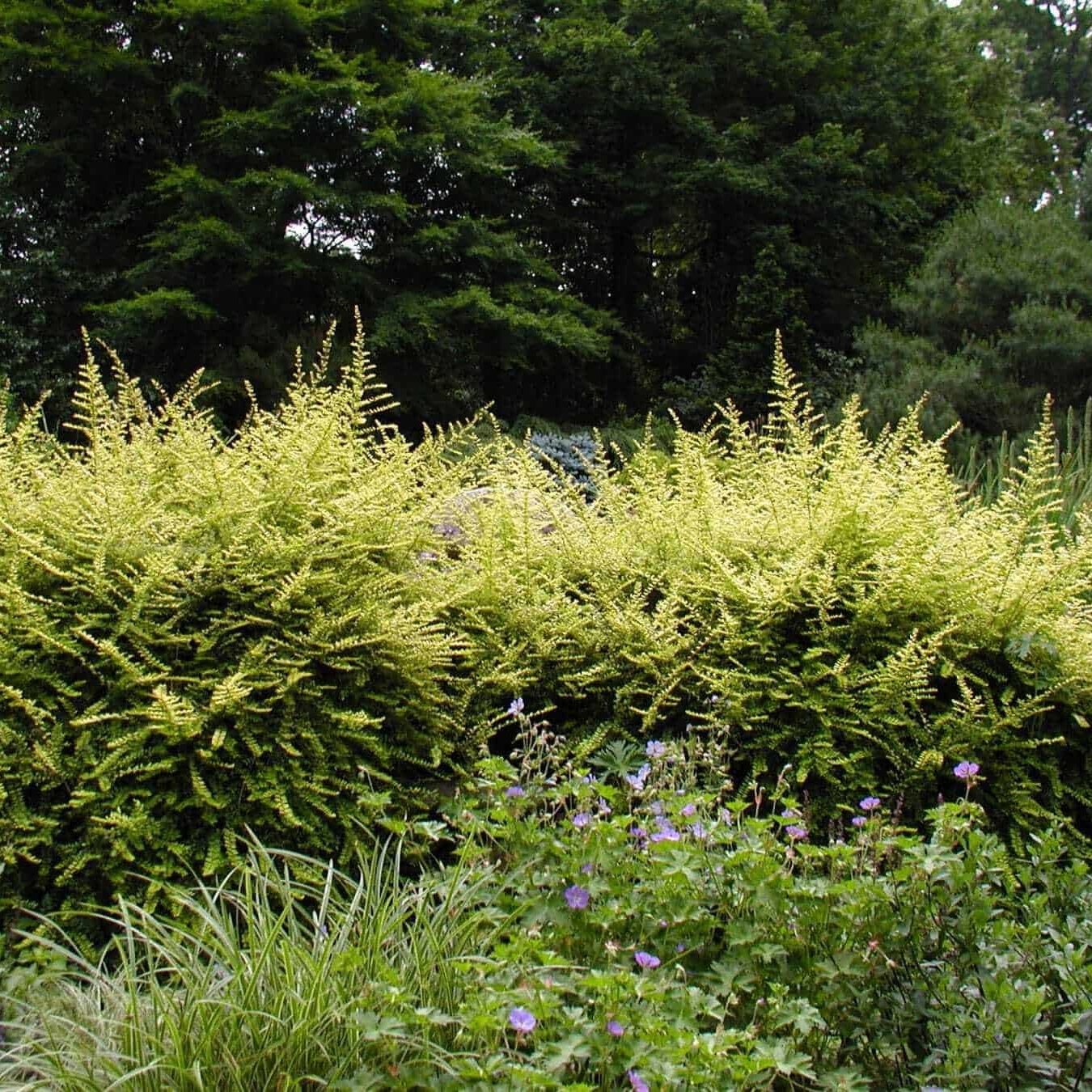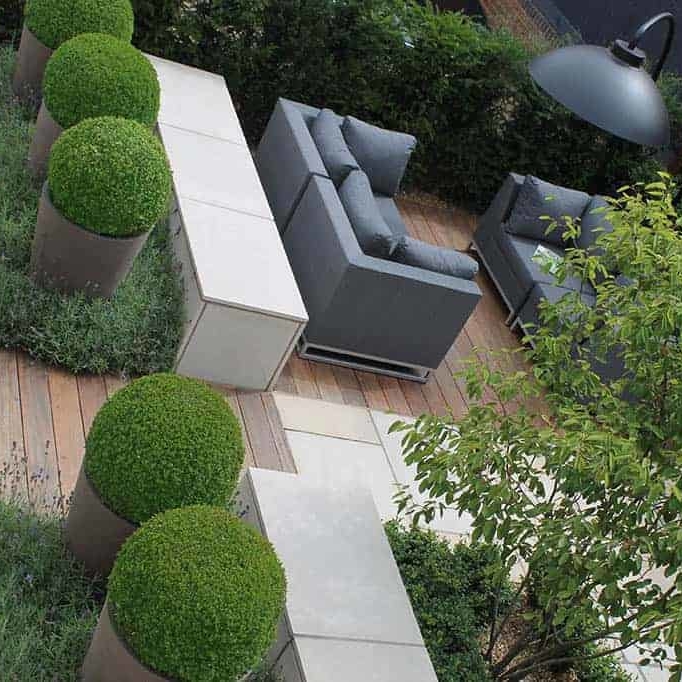It’s easy to overlook one dimension of our gardens that we really should exploit: the vertical. We’re always eager for groundcover and stunning feature plants, but bare walls, fences and trunks are perfect for climbing plants and trained shrubs. Once planted, how do we keep them in the best shape? RHS pruning groups 11, 12 and 13 cover this, to ensure these specimens don’t become ‘a bushy or straggly mess’. Read on for the final installment in our summary of the Royal Horticultural Society pruning groups.
When?
Similarly to previous groups, timing depends on when flowering occurs and what growth it develops on.
For those plants flowering on the previous season’s growth, you should prune immediately after flowers fade. This is often December through to June.
Plants which flower on the current season’s growth should be prune in late winter or early spring. They normally produce blooms between July and November.
If ever in doubt as to when to prune, do some research on the specimen in question to be sure.
How?
Begin by pruning out dead, damaged, diseased or congested shoots.
After, remember the individual requirements of the species in question. For example, a wall-trained Ceanothus is usually in pruning group 8 when untrained, so needs cutting after flowering ends in October.
The RHS divides pruning of climbers and wall-trained shrubs further into three groups:
- Group 11: Vigorous climbers: Prune back stems exceeding allocated space when necessary, after flowering
- Group 12: Less vigorous climbers: Trim sideshoots to within three or four buds of the main framework
- Group 13: Wall-trained shrubs: Cut sideshoots back to within two-four buds of the main framework. Remove any shoots growing into the wall or fence
Be sure to regularly secure desired new shoots to a framework (wires or string) regularly to maintain a pleasing form and avoid damage to the plant.
Why?
Pruning of climbers and wall-trained shrubs aims to maintain bushiness and avoid bare wood. It also encourages the formation of more flower buds on the shorter, stronger stems that remain. On the vigorous climbers, this pruning also restricts them to just the area you want covering.
Plants falling into pruning groups 11, 12 and 13
- Camellia – group 13
- Ceanothus – group 13
- Chaenomeles – group 13
- Lonicera (honeysuckle) – group 11
- Parthenocissus (Boston Ivy or Virginia Creeper) – group 11
- Pyracantha – group 13
- Trachelospermum – group 11
Kevin Gelder
Kevin joined Bestall & Co in late 2017 and brought a range of skills with him from a varied background. He gained a degree in French and Italian from Lancaster University in 2009 before successfully completing a PGCE at the University of Sheffield in 2011. He built on his communication skills through secondary language teaching, before working in healthcare administration.
Ultimately though it was his passion for plants and gardening which brought him to Bestall & Co as a member of the planting team, and although he's now moved back to an office based role, the articles he wrote whilst he was still with us live on.



